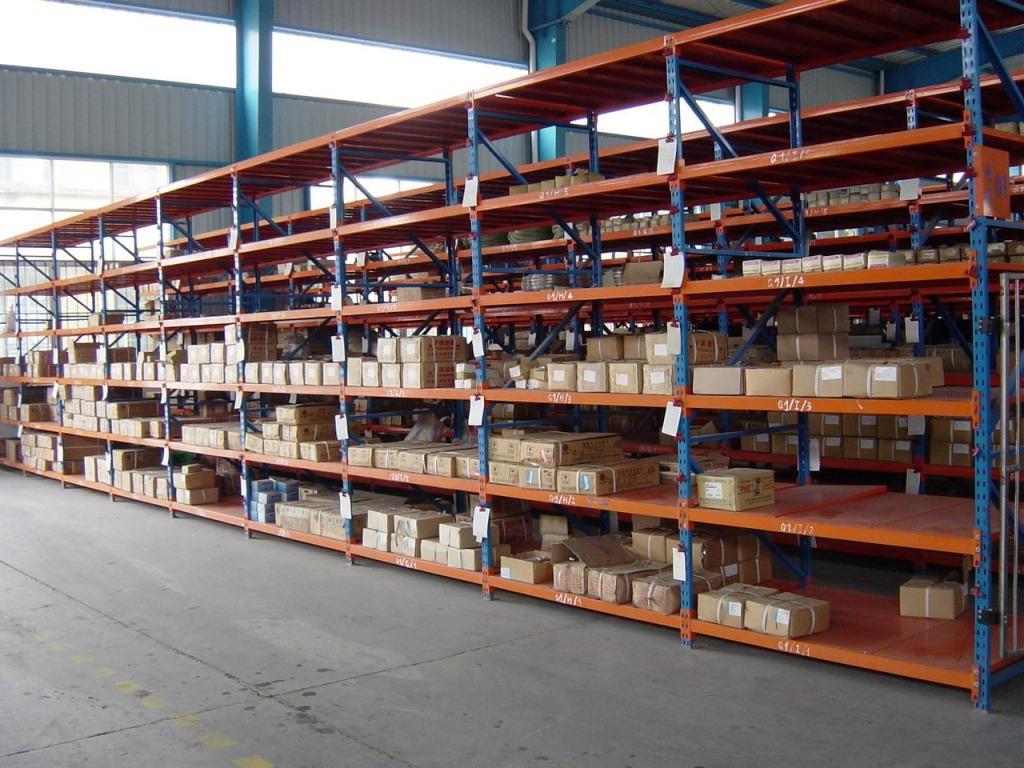If your warehouse feels like a maze of missed opportunities, your storage racking setup could be the silent culprit. Poorly designed layouts don’t just waste space—they drain productivity, increase labor costs, and frustrate your team. In fact, studies show that inefficient racking systems can slash operational efficiency by 20% or more. From misplaced inventory to sluggish order fulfillment, the stakes are high. Let’s dissect the most common racking layout mistakes, how they sabotage your workflow, and actionable fixes to reclaim lost time and revenue.

The Hidden Costs of a Bad Storage Racking Layout
A warehouse is only as strong as its weakest rack. When storage racking isn’t optimized, the ripple effects hit every corner of your operation:
- Longer Pick Paths: Workers travel extra miles to locate items.
- Overlooked Inventory: Poor visibility leads to “ghost stock” and overordering.
- Safety Risks: Cluttered aisles and overloaded racks increase accident risks.
- Energy Waste: Inefficient layouts force longer equipment runtime (e.g., forklifts).
The result? Slower turnaround, higher labor costs, and unhappy customers.
5 Storage Racking Mistakes Draining Your Efficiency
1. Ignoring ABC Analysis in Slotting
Not all inventory is created equal. The Pareto Principle (80% of picks come from 20% of SKUs) should dictate your storage racking layout. Yet, many warehouses group items randomly or by size, forcing pickers to zigzag across zones.
- Fix: Use ABC analysis to prioritize high-turnover SKUs:A-Items: Place in easily accessible “golden zones” (waist-to-eye level, near packing stations).B-Items: Store in mid-tier locations.C-Items: Move to higher or lower racks, or bulk storage areas.
2. Overlooking Vertical Space
Stacking pallets only halfway up your racks? You’re leaving money on the table. Vertical underutilization is a common flaw in storage racking design, especially in warehouses with high ceilings.
- Fix:Invest in taller racks (if building codes allow).Use adjustable beam heights to accommodate varying SKU sizes.Add mezzanines or multi-tier systems for small-item storage.
3. One-Size-Fits-All Aisles
Aisles that are too wide waste floor space; aisles that are too narrow slow down equipment. For example, traditional forklifts need 12–13 ft aisles, while narrow-aisle trucks require 8–10 ft. Using the wrong equipment for your aisle width creates bottlenecks.
- Fix:Audit equipment specs and match aisle widths accordingly.Switch to wire-guided vehicles or automated systems for tighter spaces.Implement one-way aisles to reduce congestion.
4. Neglecting Seasonality and Demand Shifts
A storage racking layout that worked last holiday season might fail today. Static designs can’t adapt to inventory fluctuations, leading to chaotic peak periods.
- Fix:Use modular racking (e.g., mobile shelving on tracks) for flexible reconfiguration.Designate “flex zones” for seasonal overflow.Forecast demand and adjust slotting quarterly.
5. Poor Labeling and Signage
Even the smartest layout fails if workers can’t find anything. Unclear labels or inconsistent numbering turn picking into a scavenger hunt.
- Fix:Use barcode/RFID tags for real-time tracking.Color-code zones (e.g., red for A-items, blue for returns).Install digital floor markers or LED lights for fast navigation.
How to Audit Your Current Storage Racking Layout
Before overhauling your setup, diagnose the problem areas:
- Map Your Pick PathsTime workers as they fulfill orders. If pickers backtrack or cross zones repeatedly, your layout needs streamlining.
- Measure Space UtilizationCalculate:
- Cube Utilization: (Used vertical space / Total available height) x 100.
- Floor Space Efficiency: (Racking footprint / Total warehouse area) x 100.
Aim for 85%+ cube utilization and 22–27% floor space allocated to racks.
- Track Error RatesHigh mispick rates often trace back to confusing storage racking zones or similar-looking SKUs placed too close together.
Upgrading Your Storage Racking for Maximum Efficiency
1. Choose the Right Racking System
- Selective Pallet Racking: Best for high-SKU diversity.
- Drive-In/Drive-Through Racking: Ideal for bulk storage with FIFO or LIFO needs.
- Carton
